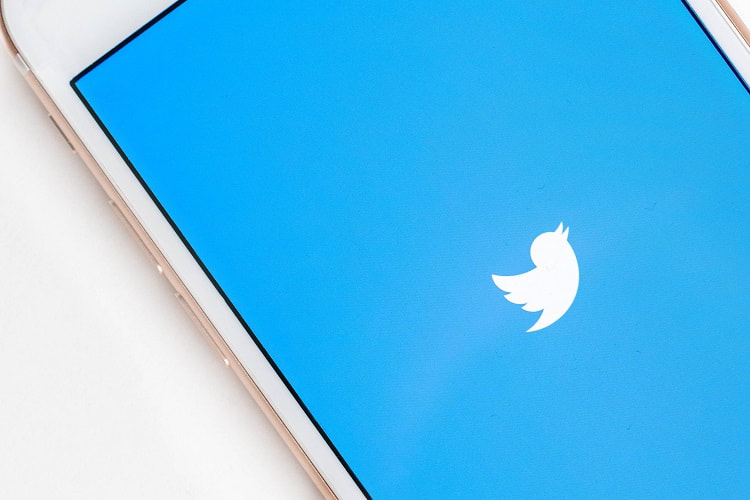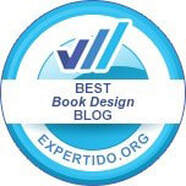|
It’s no secret that Amazon is most author’s ‘go-to’ when it come to a platform to sell their books, its reach is massive, and it’s trusted by millions of us for our online shopping, so once your book is published and ready for sale on their platform, is there anything else that we can do to increase sales?
Well, this is where their own Advertising comes in, you can place ads upon their site to promote your own book, depending upon your budget, you can now give your book a boost and reach more readers that simply uploading and hoping for the best.
0 Comments
Whether you hate it or love it, Twitter is still an influential platform that can be used to tell the world about your new (or existing) book, but if you don’t use it that often or don’t even have an account yet, what should you be doing when it comes to this specific social media channel (if you want it to help in self-promotion as an author).
The likelihood is that if you’re reading this, you are serious about promoting your book and reaching out to a larger audience, so along with other platforms such as Facebook and Instagram, Twitter is still a good channel to connect with others. So, what is the best way of using Twitter and are there things you could be doing right now to make it work better for you? Here are our top eleven tips on getting the most out of it for you as an author. When we want to buy a product these days we always look for reviews to see how others found it, and a book is no different, a great review can work wonders in helping the unsure reader make the decision to purchase your publication and not another.
Reviews themselves can and should be used in several locations too, when most people think of reviews for a book they think of its Amazon’s sales page, the gold stars and the comments left by people who have already bought the book. But there are other places to use your reviews and (most importantly) several different ways of getting reviews. Let’s look at how you can get some reviews first. For most authors the dream is to hit it big and spend your days as a full-time writer, so, if you have written and published a book, you’ve certainly made a start towards realizing that dream. But there are other ways to make an income through writing (although you’ll still want to keep working on your next book, I’m sure).
There are plenty of places where you can sell your work and at the same time grow your skills (along with your writing portfolio), here are four areas where you should also be considering if you want to become a full-time writer. |
JD&JCategories
All
Archives
July 2024
All information within this website (including its blog) is published in good faith and for general information purposes only. JD&J Design LLC does not make any warranties about the reliability and accuracy of this information. Any action you take upon the information in this website is strictly at your own risk. JD&J Design LLC is not liable for any losses and/or damages in connection with the use of this site and information.
|







